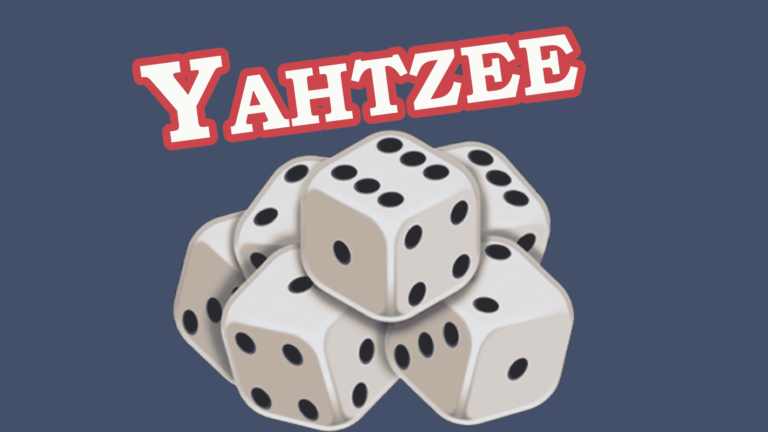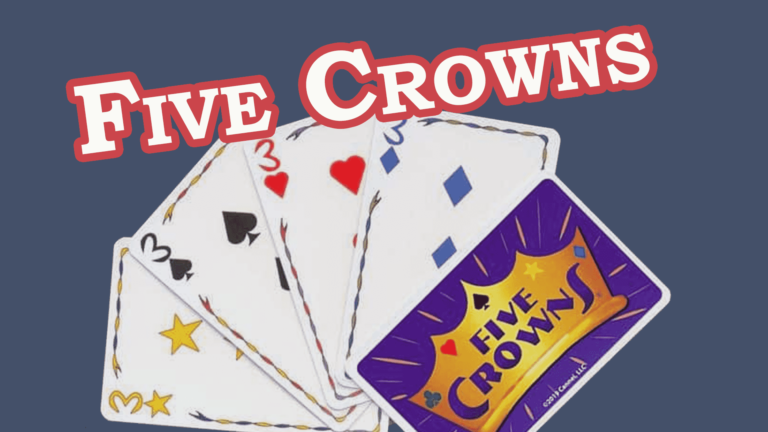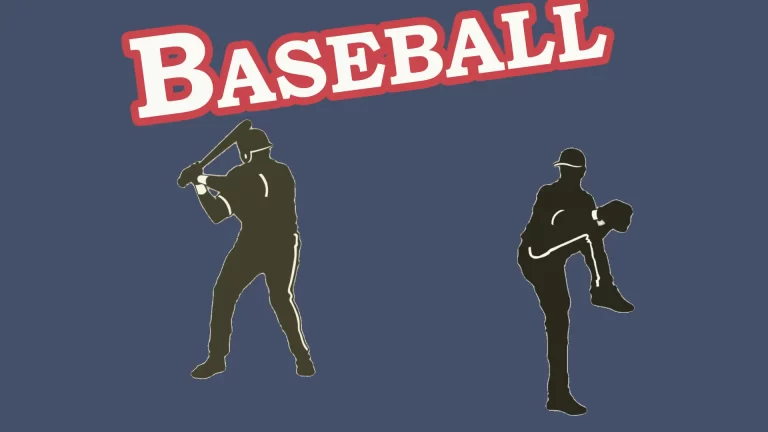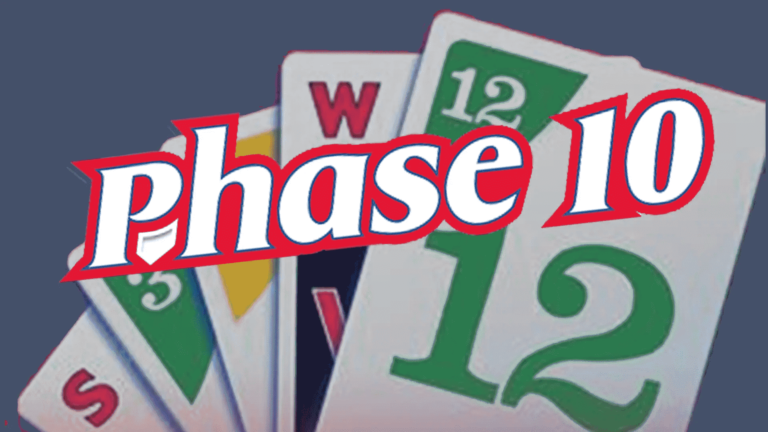Ready to Rule the Checkered Battlefield? Chess Rules to Unlock the Secrets of the Game!
Chess is a very interesting board game played between two players. Each player has 16 pieces of 6 types, numbering 32 in total. One of the side pieces is light, and the other is dark. The game ends when one player checkmates the king of the opponent, the other player resigns, or there is a draw in a match.
If you’re new to chess, these chess rules might seem like a confusing mess. Don’t worry, though! This guide will break everything down like a friendly chess coach, explaining all the moves and tricks so you can play like a king (or queen!). Soon, you’ll be confidently marching your pieces across the board and claiming victory!

Chess is a game that’s been loved for ages because it’s all about strategy and thinking ahead. In this blog, we’ll talk about the basic rules of chess, helping you understand how each piece moves and how to play the game.
Each player has 16 pieces:
- 1 King
- 1 Queen
- 2 Rooks (or Castles)
- 2 Bishops
- 2 Knights
- 8 Pawns
The Chessboard Basics and Chess Rules
Imagine a chessboard like a checkerboard. It has 64 squares, and each player has 16 pieces. Let’s look at how each piece moves.
How Pieces Move in Chess
- The King: The king can move one square in any direction. Protecting your king is critical, as the game ends when the opponent places the king in checkmate.
- The Queen: The queen is extremely powerful and can move any number of squares horizontally, vertically, or diagonally.
- Rooks: Rooks move either horizontally or vertically. They function similarly to castle guards, controlling crucial areas of the game.
- Bishops: Bishops move diagonally. They are effective in controlling lengthy, slanted lines on the board.
- Knights: Knights move in an L-shape and jump over other pieces. They are deceptive and can startle opponents.
- Pawns: The pawns advance ahead, but capture diagonally. They have a unique move that they can promote to any other piece when they reach the opposite end of the board. Pawn promotion is another fascinating feature, in which pawns can convert into any other piece once they reach the eighth rank.
- Beyond Basic: Do you remember catching pieces in Ludo? Chess is even more exciting! When your piece lands on an opponent’s square, they are thrown off the board like a stumbling knight who forgets to perform his moves. But be careful, since if you move your piece without thinking, the same thing can happen to you!
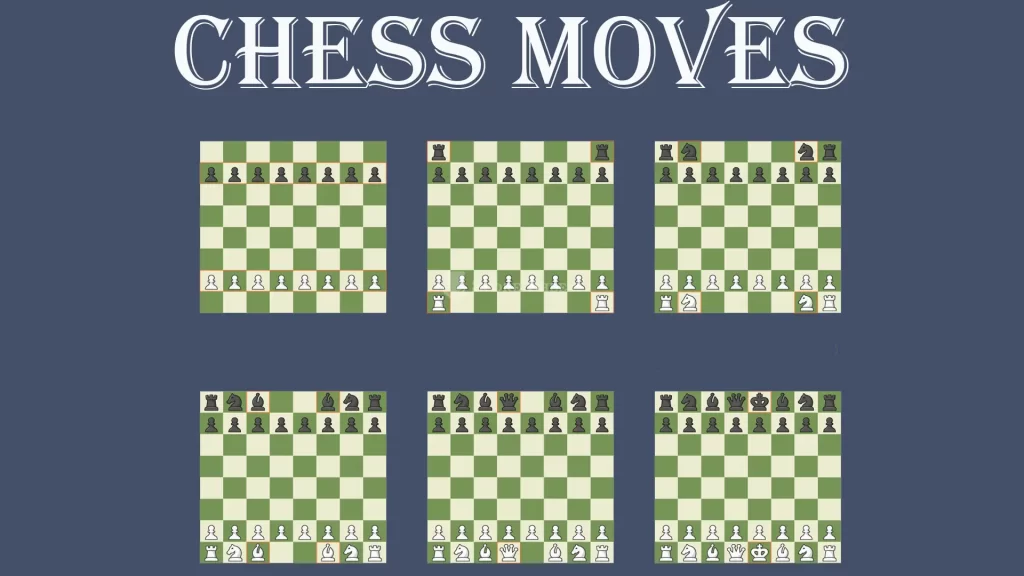
Strategies for Success in Chessboard
- Opening Moves: The chessboard comes to life with the first movements, known as the opening. This phase is supervised by a number of chess rules, as players compete for central control while preparing for the middlegame.
- Middlegame Mastery: The middle game is a battleground of complicated situations and possible combinations. Successful players understand how to use strategic techniques and execute planned attacks.
- Endgame Excellence: The endgame, or final phase of chess, needs precision. The ability to turn opportunities into winning positions and execute checkmates is vital for victory.
Special Moves for the Chess Lovers
- Pawn Surprise: In chess, pawns can make a move known as “en passant.” If an enemy piece makes a bold two-square jump, a nearby pawn can capture it as if it just traveled one square. It’s like catching your friend by surprise when they least expect it!
- King is in Danger: Imagine the King feeling threatened at the party. Instead of fleeing alone, he pulls off an impressive achievement! He quietly switches places with the rook, as follows. The King is now hidden behind the Rook for further protection, much like hiding behind a huge friend at a crowded party!
- No Winner: Sometimes the struggle on the chessboard becomes so intense that both sides are stuck. The King may be safe, but there is nowhere else to go. In this instance, it’s a draw! Nobody wins, but nobody is kicked out either. It’s as if everyone at the party is too exhausted to dance anymore, so they call it quits and head home.
We hope these explanations make the moves even more understandable and entertaining! Remember, chess is all about using your imagination and planning. So keep practicing and mastering these fascinating moves, and you’ll soon be the king (or queen) of the chessboard!
Chess Etiquette to Follow
Beyond the chess rules on the board, chess has a set of etiquette guidelines that players should follow. These include shaking hands before and after a match, refraining from distracting behavior, and acknowledging your opponent’s skill. You get the Chess Rules PDF and Chess Score Sheet to record your scores on our websites.
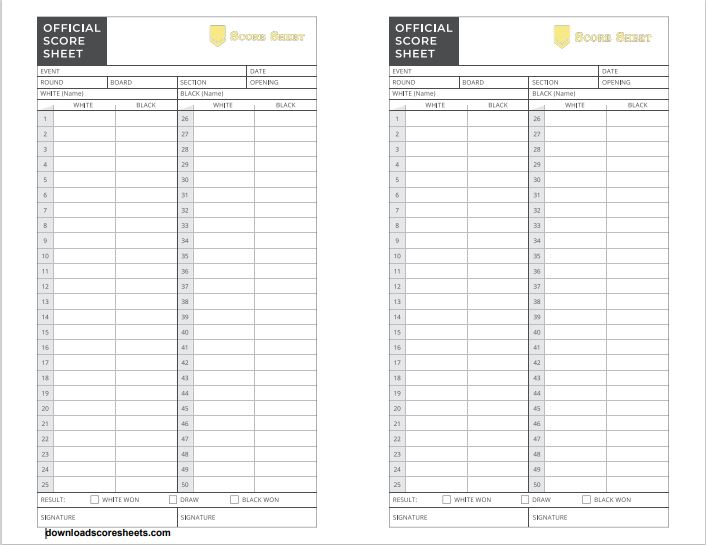
Conclusion
Chess is a game about thinking and planning. Understanding these simple chess rules allows you to enjoy the game and challenge your friends. Remember, whether you’re new to chess or have been playing for a while, understanding the chess rules is essential for having fun and improving your game.

